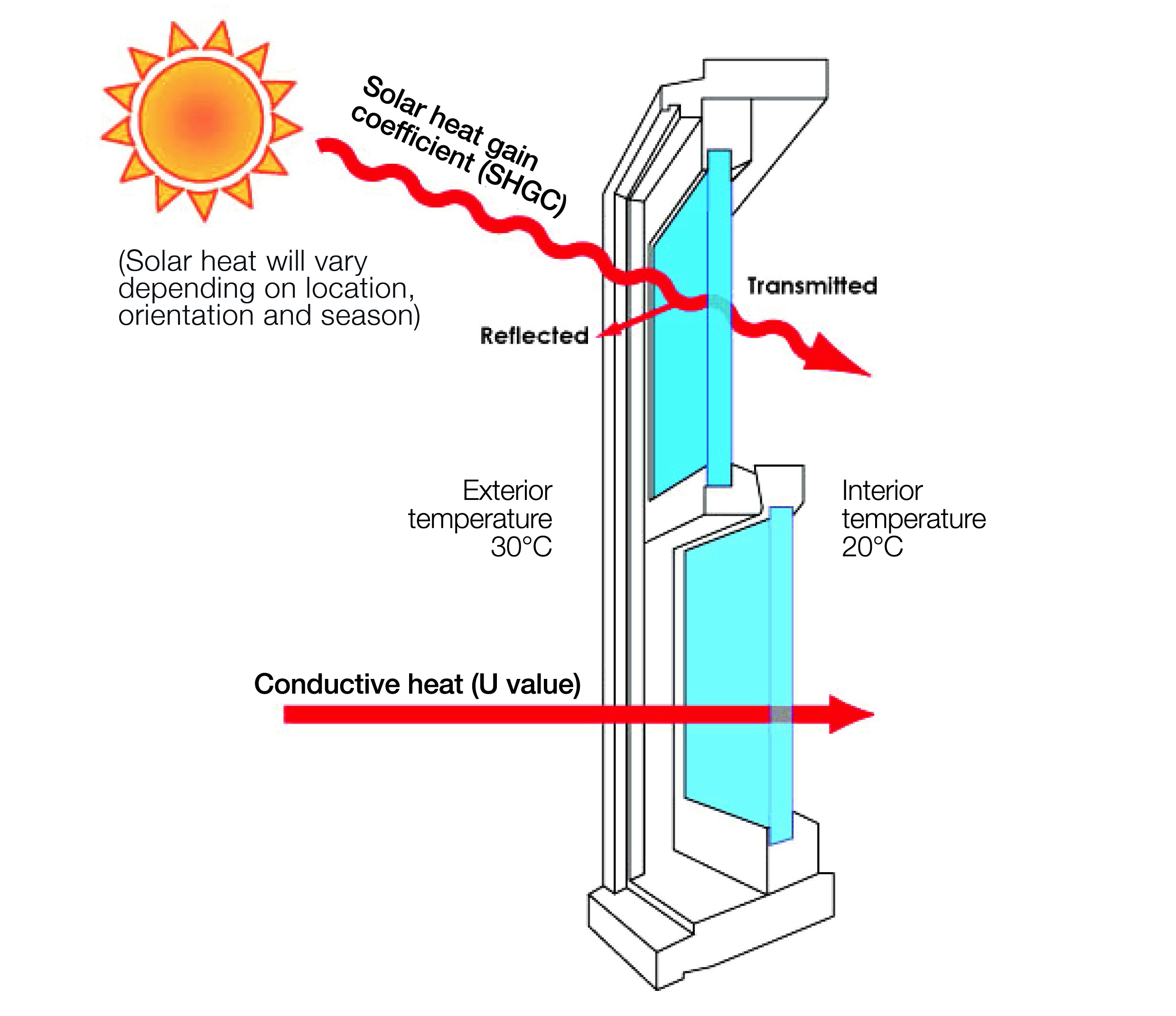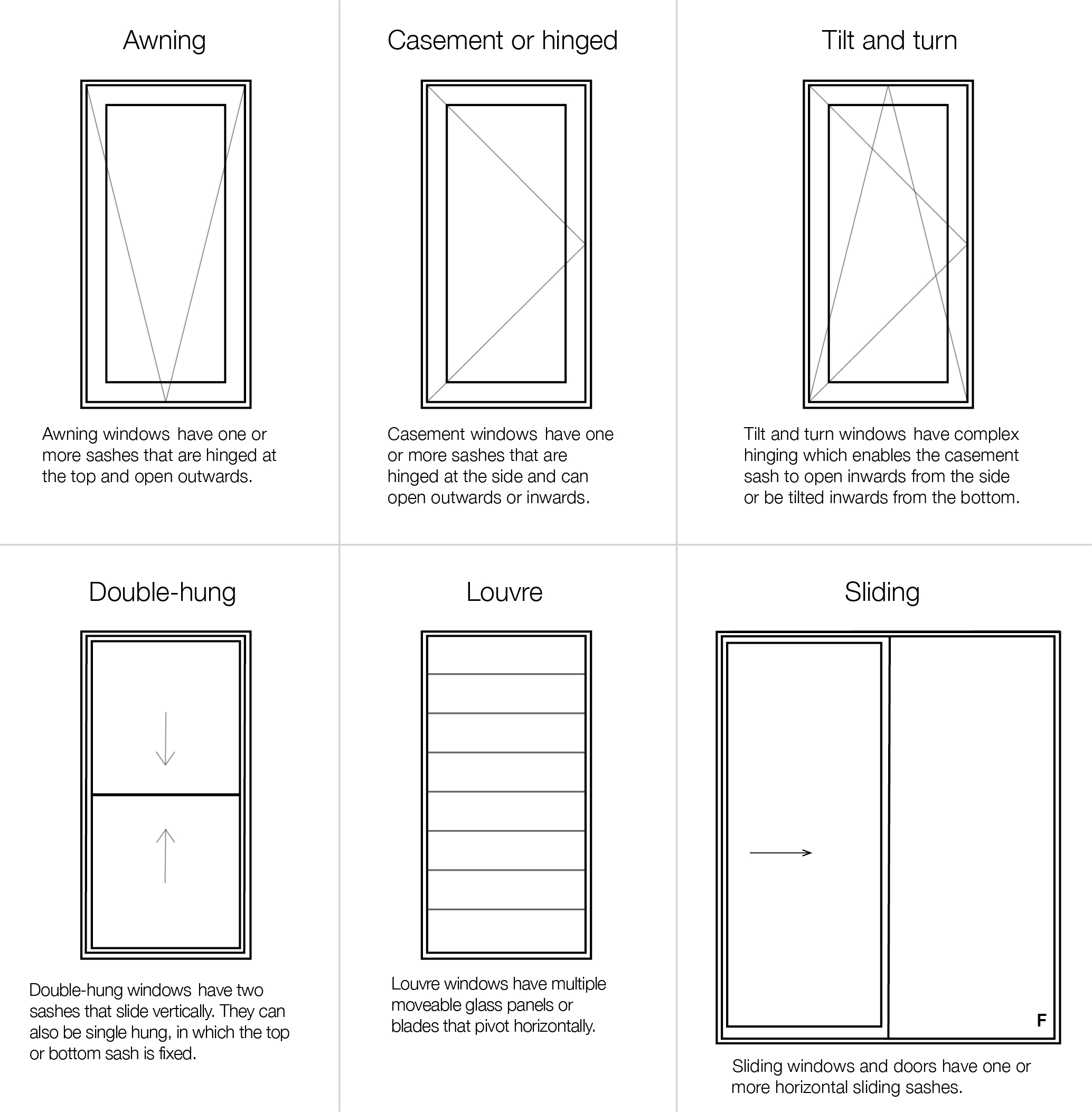All Categories
Featured
Table of Contents
Which Type Of Double Glazed Window Frame Is Right For You? in Leederville Perth
Glazing simply suggests the windows in your house, consisting of both openable and fixed windows, in addition to doors with glass and skylights. Glazing really just suggests the glass part, but it is normally utilized to refer to all aspects of an assembly including glass, movies, frames and home furnishings. Taking note of all of these elements will assist you to achieve efficient passive design.

Energy-efficient glazing makes your house more comfortable and dramatically lowers your energy costs. However, inappropriate or poorly developed glazing can be a major source of undesirable heat gain in summer and significant heat loss and condensation in winter season. Up to 87% of a house's heating energy can be gotten and up to 40% lost through windows.
Insulated Glass Unit – Igu in Greenmount Western Australia
Glazing is a considerable financial investment in the quality of your house. A preliminary financial investment in energy-efficient windows, skylights and doors can significantly lower your annual heating and cooling expense.

This tool compares window selections to a base level aluminium window with 3mm clear glass. Comprehending a few of the key homes of glass will assist you to choose the very best glazing for your home. Secret properties of glass Source: Adjusted from the Australian Window Association The quantity of light that passes through the glazing is understood as noticeable light transmittance (VLT) or visible transmittance (VT).
The Best Double Glazing Companies In Canberra in Midland Perth
This might lead you to turn on lights, which will result in greater energy costs. Conduction is how readily a product carries out heat. This is called the U worth. The U value for windows (revealed as Uw), describes the conduction of the whole window (glass and frame together). The lower the U worth, the greater a window's resistance to heat flow and the better its insulating worth.
If your home has 70m2 of glazing with aluminium frames and clear glass with a U worth of 6. 2W/m2 C, on a winter's night when it is 15C cooler outside compared to inside your home, the heat loss through the windows would be: 6. 2 15 70 = 6510W That is equivalent to the overall heat output of a large room gas heating unit or a 6.
Improve Your Home's Energy Efficiency With Double Glazing in Beechboro Western Australia

If you choose a window with half the U worth (3. 1W/m2 C) (for instance, double glazing with an argon-filled space and less-conductive frames), you can halve the heat loss: 3. 1 15 70 = 3255W The solar heat gain coefficient (SHGC) for windows (expressed as SHGCw) determines how easily heat from direct sunlight streams through an entire window (glass and frame together).
The lower a window's SHGC, the less solar heat it sends to the home interior. The actual SHGC for windows is impacted by the angle that solar radiation strikes the glass.
What Is The Best Glazing For My Home? - Part 2 in Wexcombe Western Australia
When the sun is perpendicular (at 90) to the glass, it has an angle of incidence of 0 and the window will experience the optimum possible solar heat gain. The SHGC stated by glazing manufacturers is constantly determined as having a 0 angle of incidence. As the angle increases, more solar radiation is reflected, and less is sent.
Latest Posts
Home Window Glazing - Sustainability Victoria in Carmel WA
Windows Of Opportunity: Your Guide To High-performance ... in Kallaroo WA
Double Glazing Windows in Rockingham WA